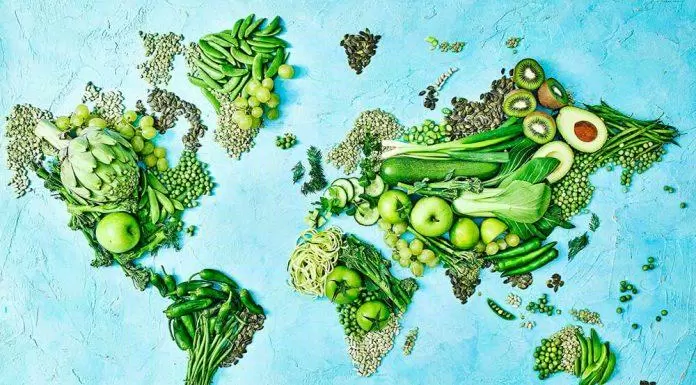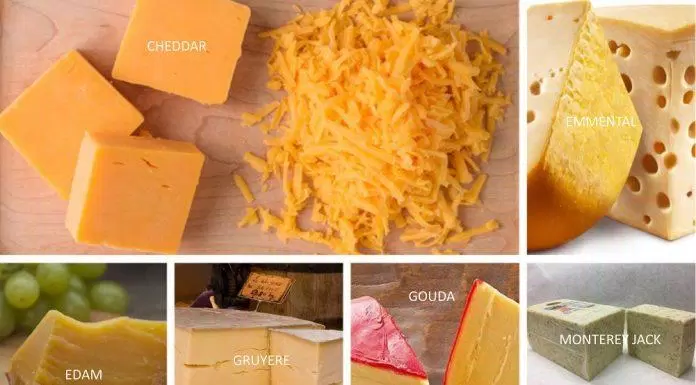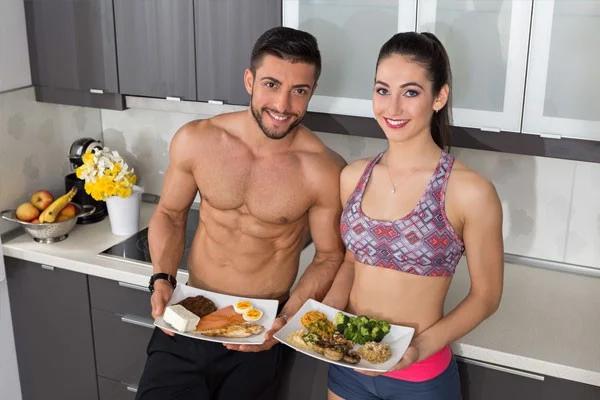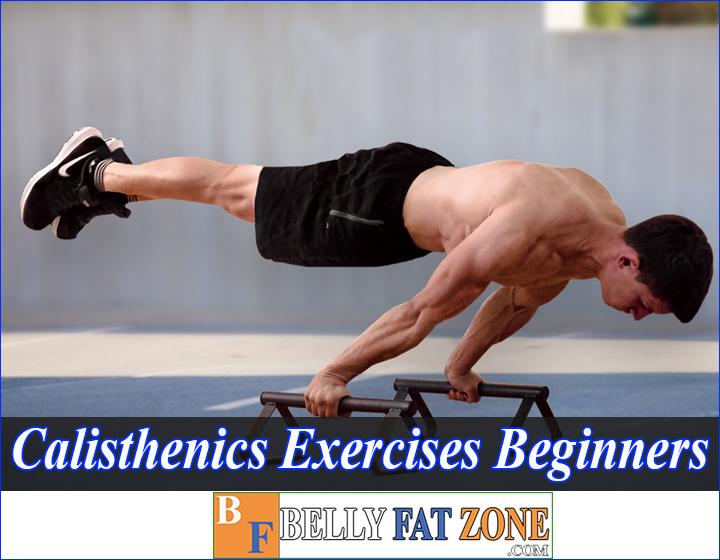A diet rich in green vegetables is suitable for your digestive system and good for your overall health; in addition, choosing a diet by the growth of nature is recommended by many organizations: recommendations, especially more friendly to our earth.
This is like a method of living in symbiosis with the earth and ensures that all benefits, no object or subject is negatively affected.
You have heard the keyword “environmentally friendly” in many areas of life today, right? But did you know that just a few simple changes to your daily diet can help protect the environment and reduce carbon emissions? Let's explore with BellyFatZone!
Why is it necessary to change the diet towards sustainable and environmentally friendly?
When you look at plant-based foods, you are taking care of your health. But did you know that the natural environment is thanking you for it too?

Scientific studies have shown that many foods that are not good for human health are also the leading polluters of the environment, contributing to climate change and pollution—extinction of plant and animal species worldwide.
Dr. Michael Clark, a researcher at the University of Oxford in the United Kingdom and lead author of a paper published in November 2019 in the Proceedings of the National Academy of Sciences (PNAS), said: “Choosing better, more sustainable diets is one of the key ways people can improve their health and help protect the environment.”
His paper focuses on understanding the relationship between food, the environment, and human health. Research results show that the best choices are plant-based foods, such as legumes, whole grains, and vegetables. Meanwhile, the most harmful objects are animal products, especially red meat.

Meat and dairy together contribute about 14.5 percent of anthropogenic global greenhouse gas emissions, according to the Food and Agriculture Organization of the United Nations (FAO). Overall, beef and dairy are the segments that generate the most emissions (41% and 20%, respectively).
Meanwhile, a study published in June 2018 in the journal Science revealed the substantial impact pets have on the environment. Meat and dairy provide only 18% of calories and 37% of protein but occupy 83% of arable land.
What's more, forests around the world, including rainforests, are being cleared to make way for livestock, especially grazing, according to the FAO. This deforestation destroys plant and animal habitats and threatens biodiversity, and destroys forests that are important for absorbing greenhouse gases from the atmosphere.

When it comes to eating well for the environment, the most important thing is to choose plant-based foods over those of animal origin.
But if you're not ready to eliminate favorites like burgers and steaks, cutting back on meat is a great place to start. Large-scale computational models have shown that cutting meat and dairy in half can reduce greenhouse gas emissions by up to 40%.
Here are seven simple steps to make your diet more eco-friendly. Let's find out together!
1. If you have to eliminate one type of meat from your diet, choose red meat

According to PNAS research, the production of red meat – mainly beef and lamb – has the most significant impact on five key environmental indicators, including greenhouse gas emissions and land degradation, and water, as well as disrupting ecosystems.
Second, in terms of negative environmental impact is processed red meat production. According to the World Health Organization, a few examples of processed red meat include hot dogs, ham, sausages, and beef jerky.
It's best to find a way to replace red meat with high-quality plant-based protein; otherwise, eating red meat once in a while is a very positive advancement, according to PNAS research. If you want to learn more about high-quality plant-based protein sources, read on.
2. Eat legumes for a plant-based source of protein
Legumes like peas and lentils rank among the healthiest and can be easily substituted for animal protein, according to the Harvard TH Chan School of Public Health.

Not only that, a study published in May 2016 in the journal Frontiers in Plant Science shows that legumes help with sustainable agriculture and reduce environmental impact.
Nutritionally and plant-based protein, beans also provide fiber – an essential ingredient, but not everyone eats enough – and B vitamins. These substances may play a role in helping to prevent certain diseases, cancer, and heart disease, according to the Harvard TH Chan School of Public Health.
The Environmental Working Group (EWG) – a non-profit organization that researches and advocates agricultural subsidies, toxic chemicals, and drinking water contaminants – ranks lentils as the number one friendly protein with climate.
3. Choose unprocessed whole grains over refined ones
Grains are the body's best friends, prized for their health and environmental benefits, but that's only true when they're minimally processed or in their whole-grain form.

“Whole grains offer more benefits to our bodies than refined grains, which are more beneficial to our bodies,” says Lilian Cheung, director of communications and health promotion at the Harvard TH Chan School of Public Health has lost valuable nutrients.”
In addition to fiber, whole grains also contain B vitamins, minerals, and protein, and compounds with antioxidant activity, which help the body prevent disease.
An even better choice is ancient grains like buckwheat, barley, wild rice, spelled wheat, and teff – they are even more nutritious and can improve the soil environment and help reduce carbon emissions, according to a report by the World Wide Fund for Nature (WWF).
4. Instead of farmed salmon, choose shellfish like oysters

Salmon has long been considered a healthy food but has a pretty big dark side. Salmon is now raised almost exclusively on densely populated farms and is often fed constant antibiotics to prevent bacterial infections, according to a September 2018 journal Science PLOS One.
Research shows that such fish farming practices can lead to antibiotic resistance. As the BBC reports, farmed salmon is also regularly treated with chemicals to prevent sea lice infestations, and this behavior has become commonplace in recent years.

In general, wild salmon is considered safer for human health than farm-raised fish. Environmentally, some seafood experts consider wild Alaskan salmon a good, though not optimal, choice, according to the nonprofit Oceana, which protects and restores the oceans in the world.
The ideal replacement for salmon is shellfish such as oysters, mussels, and oysters. All of them are good sources of omega-3 fatty acids, protein, and minerals, according to Oceana. These species also have a low impact on the environment, and because they get their food by filtering water, they can help clean up the water supply.
5. Let's eat mushrooms

Humans have cultivated mushrooms for centuries for their delicious taste and high nutritional value. A study published in January 2021 in the Journal of Food Science & Nutrition found that adding just one serving of mushrooms to a meal significantly increased fiber and several micronutrients. We often don't get enough, such as vitamin D and potassium.
According to the National Institutes of Health, some mushrooms exposed to UV light are the only plant-based sources of vitamin D that humans can eat.
In addition to other nutrients like B vitamins, mushrooms contain substances that have been shown to have antioxidant, anti-inflammatory, and anti-cancer effects in laboratory and animal studies.
In terms of environmental impact, fungi are noted for their ability to absorb carbon, which can help reduce the number of greenhouse gases contributing to climate change. Mushrooms are also included in the top 10 food groups in the WWF mentioned above report.
6. Replace asparagus with broccoli to reduce carbon footprint
According to the Natural Resources Defense Council (NRDC), a nonprofit environmental advocacy group, asparagus is one of 10 foods that are harmful to the climate.
The process of growing asparagus requires about 1960 liters of water per kilogram of the finished product, while with broccoli, it only takes about 260 liters.

In addition, asparagus is often grown only in certain climates and then transported to the point of consumption, which significantly increases their carbon footprint.
Whereas broccoli can be grown in many places and is consistently ranked as one of the “cleaner” vegetables, it requires relatively few pesticides that affect human health and the environment.
Most people know broccoli for its health benefits. Like other cruciferous vegetables, broccoli is rich in plant compounds that may help reduce inflammation and reduce cancer risk, according to the Harvard TH Chan School of Public Health.
7. Get rid of the cheese, or choose the eco-friendly ones
Cheese ranks third on the EWG's list, producing the third-highest greenhouse gas emissions after lamb and beef.
According to the EWG, these foods produce the highest emissions because they come from ruminants – their digestion produces methane, a greenhouse gas 25 times more powerful compared to carbon dioxide.

Cheese also produces many carbon emissions because it takes a lot of milk to make – about 10 pounds of milk to make one mass of hard cheese.
Suppose you are not ready to eliminate cheese from your diet. In that case, it is advisable to choose locally produced products to reduce emissions from transportation, buy organic products without using pesticides or chemical fertilizers, and choose less dense varieties like cottage cheese, which require less milk to make.
End:
The fact that we live together on earth and support each other is the best thing to live sustainably; with the above diets, you can fully take advantage of this process to bring health to yourself.
So you already know the simple tips when choosing food and changing your diet to be both healthy and help protect the environment. With just such small actions, each of us can join hands to make nature greener and cleaner. Let's do it together today.






